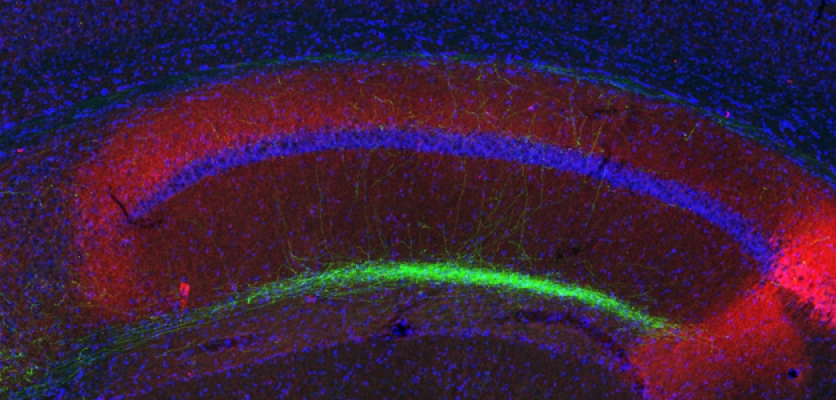Study reveals how the brain links memories of events that occur one after the other.
Suppose you heard the sound of skidding tires, followed by a car crash. The next time you heard such a skid, you might cringe in fear, expecting a crash to follow — suggesting that somehow, your brain had linked those two memories so that a fairly innocuous sound provokes dread.
MIT neuroscientists have now discovered how two neural circuits in the brain work together to control the formation of such time-linked memories. This is a critical ability that helps the brain to determine when it needs to take action to defend against a potential threat, says Susumu Tonegawa, the Picower Professor of Biology and Neuroscience and senior author of a paper describing the findings in the Jan. 23 issue of Science.
“It’s important for us to be able to associate things that happen with some temporal gap,” says Tonegawa, who is a member of MIT’s Picower Institute for Learning and Memory. “For animals it is very useful to know what events they should associate, and what not to associate.”…



